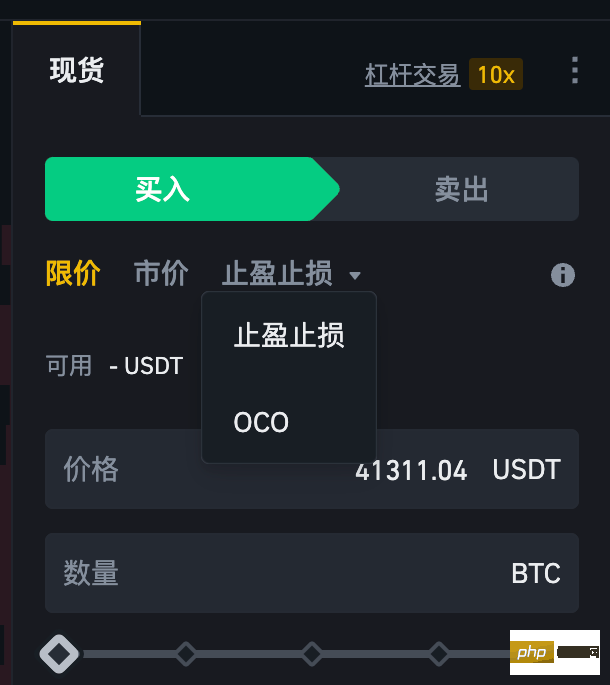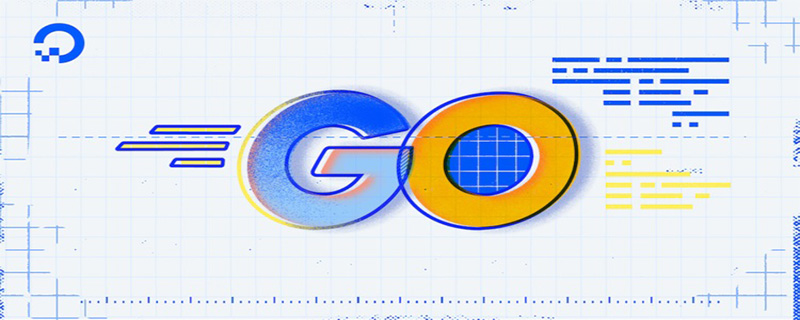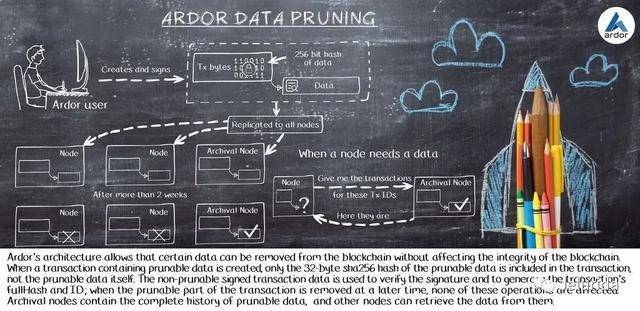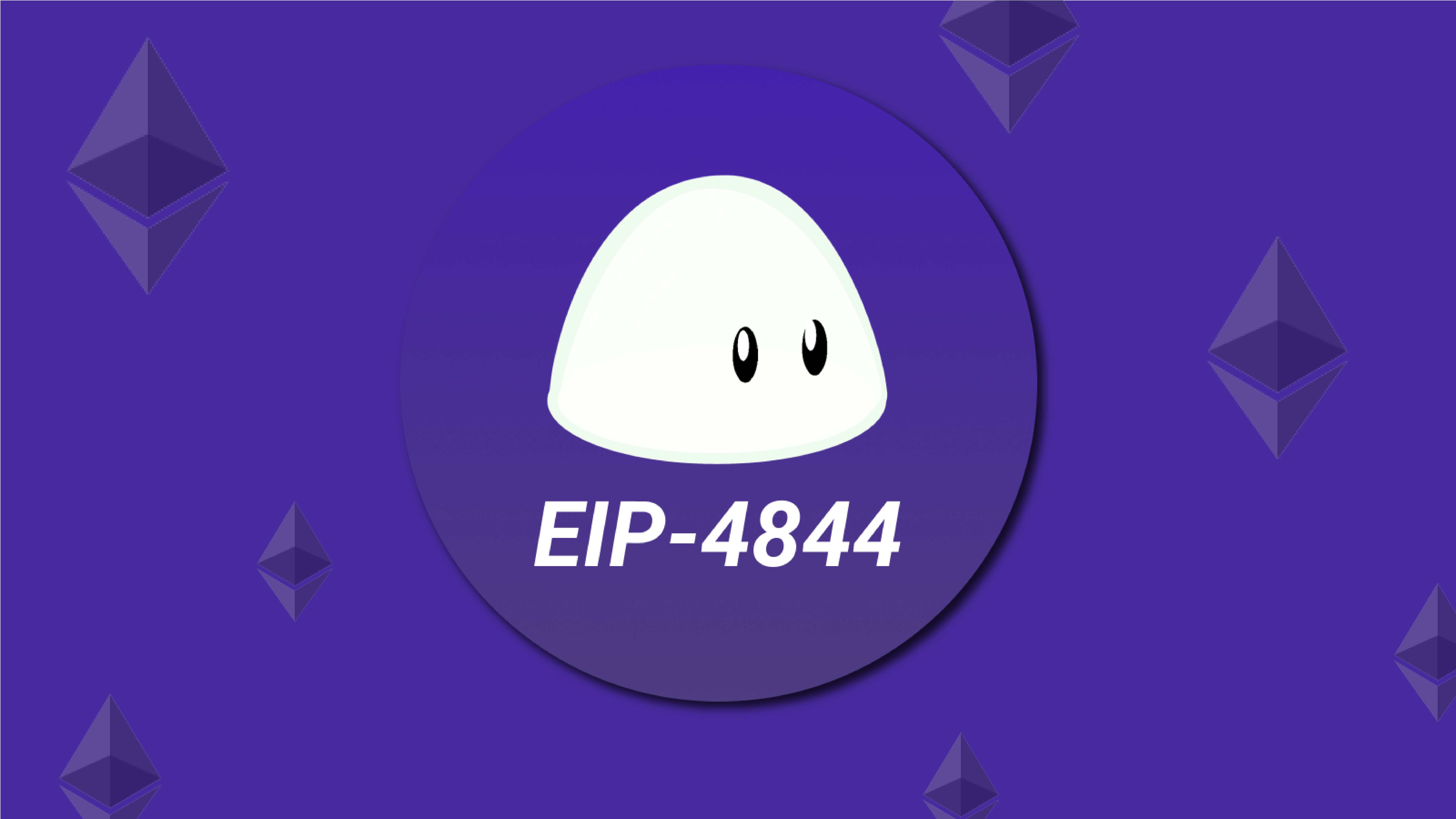TL;DR:
- The Cancun upgrade will be launched on March 13, 2024, and EIP4844 will be online soon. Danksharding is the core of the Ethereum roadmap, and this upgrade is the first step towards realizing Danksharding.
- After Ethereum L2 adapts to EIP4844, transaction fees have dropped significantly, and L2’s TPS has doubled. Users will feel that transactions are faster, cheaper, experience smoother, and more responsive. There will be more complex and larger Dapp applications on these L2s.
- Optimistic rollups are easier to adapt to EIP4844, while ZK rollups are more complex to adapt. Ethereum does not have a precompiled contract to support BLS12-381 elliptic curves, which makes some ZKP verification difficult and hinders the progress of ZK rollups adapting to EIP4844.
- The problem of elliptic curves can be solved in two ways, 1. Wait for Ethereum to precompile BLS12-381 elliptic curves; 2. Use another proof method to achieve the same purpose, use Ethereum precompilation Supported BN254.
- Currently, Arbitrum, Optimistic, Starknet, zkSync, Scroll, Polygon zkEVM and the new L2 Morph are all adapting to EIP4844. Among them, Arbitrum, Optimistic and Starknet stated that they will implement EIP4844 adaptation after the Cancun upgrade. Morph took the lead in releasing the innovative zkSNARK zkEVM adaptation solution, which will be the first zkSNARK zkEVM adapted to EIP4844
1. Background
In 2020, Ethereum released With Rollup as the core roadmap, this initiative points out the direction for future development. Subsequently, Vitalik described the final vision of Ethereum in the second year's "Endgame", emphasizing the optimization of the base layer construction and providing support for Rollup. These measures have clarified the main direction of Ethereum's future development and laid the foundation for the continuous growth of the blockchain ecosystem.
Ethereum has introduced Danksharding sharding technology to improve its stability as a data availability layer. This technology is expected to reduce L2 transaction fees, increase the number of Rollup transactions per second, and further expand the scale of the Ethereum network.

As of this year, the Ethereum Cancun-Dencun upgrade was finally released on March 13, 2024, and EIP4844 is about to be launched. This hard fork is regarded as the first step for Ethereum to implement Danksharding and is a crucial link in the Ethereum roadmap.
Regarding what is the DA layer, the technical principles of Danksharding, and the content of EIP4844, please refer to a technical article I wrote last year: DA (Data Availability) Summer is coming? https://foresightnews.pro/article/detail/33575
2. How does the Cancun upgrade benefit L2?
EIP4844 introduces a new transaction type called blob-carrying transactions. Each blob-carrying transaction has the ability to "carry" a list of blobs. A blob is a packet of data, approximately 125 KB in size. The storage time of Blob is relatively short, only 4096 epochs, about 18 days.
-
 L2 transaction fees have dropped significantly. Since Blobs do not require permanent storage, Blobs are larger and cheaper than block space. Blobs can store 10 times more data than Calldata at the same gas consumption. Rollup adapted to EIP4844 can store transaction data in Blobs, reducing transaction fees by an order of magnitude.
L2 transaction fees have dropped significantly. Since Blobs do not require permanent storage, Blobs are larger and cheaper than block space. Blobs can store 10 times more data than Calldata at the same gas consumption. Rollup adapted to EIP4844 can store transaction data in Blobs, reducing transaction fees by an order of magnitude. - The TPS of L2 is doubled. The current target is 3 blobs per block, with a maximum of 6 blobs allowed. Blocks are only 90KB, and each blob is about 125KB. The introduction of Blob is equivalent to expanding the space several times of the block to store Rollup data, so the TPS of Rollup can also be doubled. And "On Increasing the Block Gas Limit" written by Toni and Vitalic stated that by increasing the block Gas limit and the price of non-zero Calldata bytes, a smaller block size with fewer variables will be achieved, so that more can be added in the future. Blob. The more blobs, the greater the storage space.
After adapting to EIP4844, EthereumL2 will provide end users with faster transactions, lower costs, smoother experience and more responsive responses. This will bring more complex and large-scale Dapp applications to the L2 platform.
3. How does L2 adapt to EIP4844?
How does L2 adapt to EIP4844? We need to discuss Optimistic Rollup and ZK Rollup separately.
Optimistic Rollups adapts to EIP4844
Optimistic rollup is a technology that uses fraud proof to ensure the correctness of rollup execution. Under this mechanism, nodes will assume that the state transition is correct unless someone proposes a fraud proof within the specified time to prove that the state transition is illegal. Once proof of fraud occurs, previously submitted state transitions will be revoked.

Optimistic Rollup is simpler to adapt to EIP4844 than ZK rollup. Submit all L2 transactions to L1 through Blob-carrying transactions to complete the adaptation. In addition, the fraud proof needs to be adjusted to adapt to EIP4844. This part can be done slowly. After all, many optimistic rollups have not yet launched fraud proofs. I put a fraud certificate online, but found that no fraud certificate had been submitted for more than two years.
L2 transaction submission: When Rollup is submitted, use Blob-carrying transaction to store Rollup data in Blob. The payload of the Blob-carrying transaction is rlp([tx_payload_body, blobs, commitments, proofs]), where
- tx_payload_body- is the TransactionPayloadBody of the standard EIP-2718 blob transaction.
- blobs - List of blobs. A transaction can contain up to two blobs.
- commitments- Blob’s KZG commitment list.
- proofs- Blob and proof list corresponding to KZG commitment. This proof will be verified by the ETH node.
Adjusting fraud proof:
- First of all, the prover and the challenger need multiple rounds of interaction to find the dispute point.
- Then submit the disputed points to L1 for judgment. To adapt to EIP4844, it may be necessary to prove that the data at issue is stored on a certain Blob.
- Since Blob data will be deleted after about 18 days, the challenge period must be before it is deleted, which is satisfied by current optimistic rollups. Generally, the challenge period does not exceed 7 days.
ZK Rollups adapts to EIP4844
ZK rollup uses ZKP to prove that the L2 state transition is correct. ZK rollup adaptation to EIP4844 is more complicated than optimistic rollup.

- L2 transaction submission: This step of Optimistic Rollup is similar.
- ZK proof submission: Compared with the ZK Rollup before adaptation, in addition to the ZKP proof of state transition, one more proof process is required. That is to say, it is proved that the blob commitment and the transaction batch are corresponding, thus ensuring that the input of the state transition proof is correct.
- For example: the ZK circuit of state transition can generate proof of the calculation process a a = b. The ZKP generated when (a=1,b=2) and (a=2,b=4) is legal. Therefore, I also need to provide a proof that the input I provided at that time was (a=1,b=2) instead of (a=2,b=4).
- This does not need to be done before adapting to EIP4844, because the data is directly stored in Calldata and can be read directly, ensuring that the input will not be adjusted. After using EIP4844, the Blob data cannot be read directly, and this can only be proven through a new circuit.
- It is easier to implement this proof mechanism using STARK's ZK rollup (such as Starknet). This is a challenge for ZK rollup using SNARK. The reason is: the elliptic curve used by EIP4844's blob commitment is BLS12-381, and the ETH precompiled contract only supports BN254. Due to the different curves, it is difficult for us to directly use Verify the blob commitment completion certificate in the contract.
- ZkEVM/zkVM using SNARK needs to solve the problem mentioned in point 2 that ZK proof cannot be generated due to curve mismatch.
- Waiting for Ethereum to support BLS12-381 precompiled contracts. This will be long.
- Take another proof method to prove. To design new circuits, you must use the BN254 elliptic curve supported by the precompiled contract. Currently, we see Morph taking this approach. This also makes Morph the first zkEVM to complete EIP4844 adaptation.
For Morph’s EIP-4844 zkEVM integration solution, please see: https://medium.com/@morphlayer2/morphs-solution-to-eip-4844-zkevm-integration-7f469910478f
4. Which L2s are adapted to EIP4844?
In the Optimistic rollup, Optimism and Arbitrum have expressed their commitment to adopting EIP-4844 and are working closely with their communities to test and deploy the necessary updates. Arbitrum is a Stage 1 rollup and has relatively good security. It involves the need to adapt fraud proof to EIP4844. Optimistic rollup is a Stage 0 rollup. There is currently no fraud proof. It is easier to adapt, but the security is not high enough.
In ZK rollup, the difficulty of rollup adaptation using STRAK and SNARK is different. It is easier to adapt EIP4844 with STARK's rollup, and Starknet is one of the representatives. Starknet published an article stating that Cancun will implement EIP4844 adaptation after the upgrade (article link). With SNARK rollup, zkSync is also exploring how to leverage blob-carrying transactions to further reduce costs and improve performance. Scroll published an article last year introducing the idea of adapting to EIP4844 (article link)
The most impressive thing is Morph, who is an Optimistic ZK Rollup and was the first to release zkEVM to adapt to EIP4844 The solution can be said to be the first zkEVM Rollup to complete EIP4844.
Optimistic ZK Rollup combines the advantages of both types of Rollup. It optimistically believes in the execution results submitted by Sequencer and allows those who doubt the results to initiate challenges. Only when a challenge is issued, the prover will generate ZKP to prove the correctness of the execution results. It has the efficiency of Optimistic rollup and the ZK-proven reliability of ZK rollup.
The above is the detailed content of The Cancun upgrade is coming. What adaptations have mainstream L2s made?. For more information, please follow other related articles on the PHP Chinese website!
 区块链只能用go语言吗Dec 27, 2022 pm 05:25 PM
区块链只能用go语言吗Dec 27, 2022 pm 05:25 PM不是。区块链是一种编程思想,原则上使用任何一种编程语言都可以实现,比如Solidity、C++、C#、Java、javascript、Go都可以实现区块链的开发;区块链技术涉及的面很广,而编程语言只是一种手段,把设计理念用代码呈现出来,做成产品服务用户。
 什么是OCO订单?Apr 25, 2023 am 11:26 AM
什么是OCO订单?Apr 25, 2023 am 11:26 AM二选一订单(OneCancelstheOther,简称OCO)可让您同时下达两个订单。它结合了限价单和限价止损单,但只能执行其中一个。换句话说,只要其中的限价单被部分或全部成交、止盈止损单被触发,另一个订单将自动取消。请注意,取消其中一个订单也会同时取消另一个订单。在币安交易平台进行交易时,您可以将二选一订单作为交易自动化的基本形式。这个功能可让您选择同时下达两个限价单,从而有助于止盈和最大程度减少潜在损失。如何使用二选一订单?登录您的币安帐户之后,请前往基本交易界面,找到下图所示的交易区域。点
 为什么用go语言写区块链Mar 04, 2021 pm 03:42 PM
为什么用go语言写区块链Mar 04, 2021 pm 03:42 PM原因:1、Go语言具有部署简单、性能优秀、并行执行性能好、良好语言设计、内置大量库、团队牛逼等优势。2、以太坊和超级账本都选择使用Go作为开发语言;这两大超级区块链的影响力很大,不仅在生态中占据了大的坑位,事实上还隐性的制定了区块链的标准。
 go语言能开发区块链吗Jan 03, 2023 pm 01:41 PM
go语言能开发区块链吗Jan 03, 2023 pm 01:41 PM可以开发。区块链是一种编程思想,原则上使用任何一种编程语言都可以实现,比如go语言、Solidity、C++、C#、Java、javascript都可以实现区块链的开发。Go语言是为了解决分布式计算,而区块链是典型的分布式数据存储系统,因此go语言能开发区块链。且Go易学易用,能很好的满足区块链行开发需要的“执行效率高、高并发、跨平台,网络开发要求高”等特点。
 坎昆升级开启降费时代,如何通过 OKX Web3 钱包全面探索以太坊和 L2 生态?Mar 18, 2024 pm 06:01 PM
坎昆升级开启降费时代,如何通过 OKX Web3 钱包全面探索以太坊和 L2 生态?Mar 18, 2024 pm 06:01 PM作者:0xming3月13日,据OKLink数据显示,以太坊于区块高度269568正式激活Dencun升级,进入Layer2低费用时代。降本增效后,以太坊能否王者归来?以太坊在2015年7月30日正式上线,开创了智能合约的新时代,因DeFi和NFTSummer等链上应用繁荣发展风光无两,也因Solana等高性能公链的低Gas竞争以及比特币生态的虹吸效应略显落寞。尽管以太坊试图通过2.0版本扭转局面,但由于技术迭代过程漫长且复杂始,平台性能短期内始终不尽人意,高昂的Gas费用成为用户转移的关键原因
 Jelurida生态与Ardor的L2到L3过渡:子母链架构的领先方式Jan 18, 2024 pm 04:42 PM
Jelurida生态与Ardor的L2到L3过渡:子母链架构的领先方式Jan 18, 2024 pm 04:42 PM2022年9月17日,以太坊创始人Vitalik发布了一篇名为“Layer-3是什么”的文章,引发了关于公链扩展的深入讨论。以太坊最近完成了从POW机制向POS机制的转变,同时还有许多L1和L2项目正在研发和上线,如今又出现了关于L3的讨论。这些新的拓展层让人感到眼花缭乱,甚至还没来得及充分体验L2,L3就已经出现了。L3(第三层)与L2(第二层)的主要区别在于重点关注的方面不同。L2更注重性能扩展,而L3则更专注于为不同场景提供自定义应用,例如隐私保护和企业级区块链等特定服务。这些“愿景”让人
 深入学习区块链的Go语言开发框架Jun 04, 2023 pm 08:01 PM
深入学习区块链的Go语言开发框架Jun 04, 2023 pm 08:01 PM区块链技术的出现,使得数字货币的应用成为可能,也在许多领域得到了广泛应用。随着区块链技术领域的扩大,开发人员对于更好的应用程序编写方式的需求也高涨起来。于是,一个叫做Go语言(简称Golang)的编程语言悄悄兴起,成为了区块链开发人员的最爱。Go语言是谷歌公司开发的一种系统级编程语言,自诞生以来,一直着重强调程序设计的简捷和高效。Go语言的优点包括:静态类型
 坎昆升级来临,主流L2们都进行了哪些适配?Mar 15, 2024 am 11:49 AM
坎昆升级来临,主流L2们都进行了哪些适配?Mar 15, 2024 am 11:49 AMTL;DR:坎昆升级将于2024年3月13日推出,EIP4844即将上线。Danksharding是以太坊路线图的核心,这次升级是实现Danksharding的第一步。EthereumL2适配EIP4844后,交易手续费大幅下降,L2的TPS成倍提高。用户会感觉到交易速度更快、成本更低、体验更流畅、反应更灵敏。这些L2上会有更复杂更大型的Dapp应用。Optimisticrollups适配EIP4844更简单,ZKrollups适配更复杂。以太坊没有预编译合约支持BLS12-381椭圆曲线,导致

Hot AI Tools

Undresser.AI Undress
AI-powered app for creating realistic nude photos

AI Clothes Remover
Online AI tool for removing clothes from photos.

Undress AI Tool
Undress images for free

Clothoff.io
AI clothes remover

AI Hentai Generator
Generate AI Hentai for free.

Hot Article

Hot Tools

Zend Studio 13.0.1
Powerful PHP integrated development environment

Notepad++7.3.1
Easy-to-use and free code editor

Atom editor mac version download
The most popular open source editor

SAP NetWeaver Server Adapter for Eclipse
Integrate Eclipse with SAP NetWeaver application server.

MinGW - Minimalist GNU for Windows
This project is in the process of being migrated to osdn.net/projects/mingw, you can continue to follow us there. MinGW: A native Windows port of the GNU Compiler Collection (GCC), freely distributable import libraries and header files for building native Windows applications; includes extensions to the MSVC runtime to support C99 functionality. All MinGW software can run on 64-bit Windows platforms.





 L2 transaction fees have dropped significantly. Since Blobs do not require permanent storage, Blobs are larger and cheaper than block space. Blobs can store 10 times more data than Calldata at the same gas consumption. Rollup adapted to EIP4844 can store transaction data in Blobs, reducing transaction fees by an order of magnitude.
L2 transaction fees have dropped significantly. Since Blobs do not require permanent storage, Blobs are larger and cheaper than block space. Blobs can store 10 times more data than Calldata at the same gas consumption. Rollup adapted to EIP4844 can store transaction data in Blobs, reducing transaction fees by an order of magnitude. 

